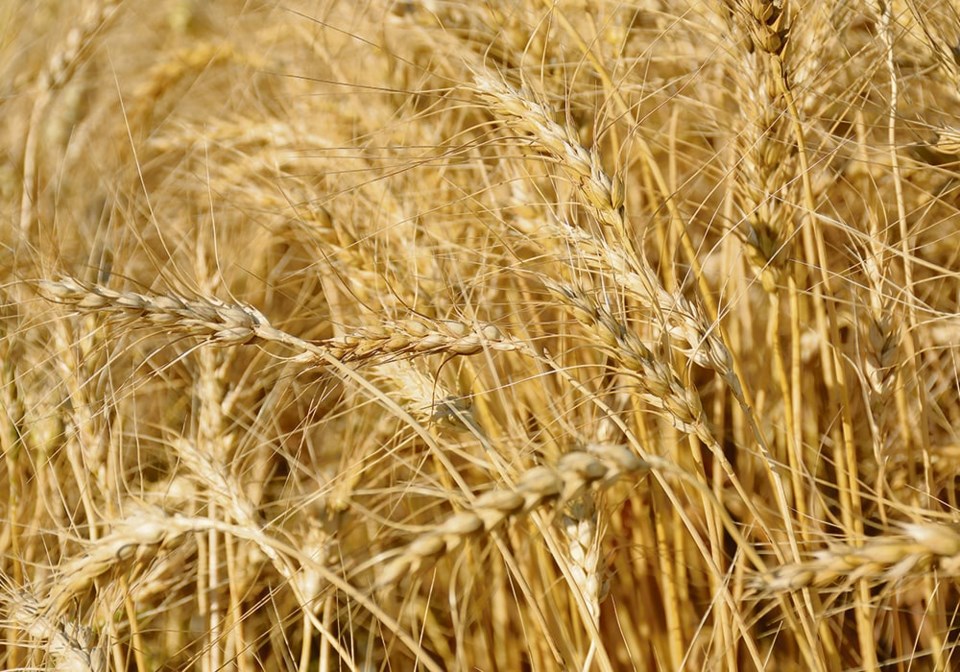WESTERN PRODUCER — The U.S. grain and oilseed price outlook for 2023 is bearish, according to the U.S. Department of Agriculture.
“We expect some price moderation with larger supplies,” USDA economist Andy Sowell told delegates attending the 99th annual Agricultural Outlook Forum.
But prices will likely remain elevated compared to historical levels.
The season-average farm corn price is forecast down US$1.10 to $5.60 per bushel.
Soybean prices are projected to fall $1.40 to $12.90 per bu.
Wheat prices are expected to be down 50 cents from 2022-23 levels to a season-average farm price of $8.50 per bu.
Overall, U.S. plantings of the three crops are forecast up three percent at 228 million acres, the highest level in nine years.
“Producers of the major crops will have plenty of incentive to plant this year, but we can’t know what curveballs nature could throw at us when the time comes,” said Sowell.
Wheat is projected to lead the way with a 3.8 million acre increase to 49.5 million acres. Corn is expected to rise 2.4 million acres to 91.4 million acres. Soybeans will likely stay the same at 87.5 million acres, he said.
Scott Gerlt, chief economist with the American Soybean Association, disagreed with the USDA’s soybean acreage outlook.
Crop insurance projections for spring prices favour corn planting with a soybean-to-corn price ratio of 2.31, down from 2.43 last year.
As well, nitrogen fertilizer prices have dropped. Urea prices in Illinois were $655 per tonne as of Feb. 20, down 27 percent from the same time last year.
“You have a price ratio that slightly favours corn more and you have lower corn input costs,” said Gerlt.
That is why he expects more corn and fewer soybeans to be planted in 2023.
Sowell said winter wheat typically accounts for three-quarters of all U.S. wheat production. Winter wheat area is estimated at 37 million acres, up 11 percent from last year and the largest since 2015-16.
Combined U.S. spring wheat and durum acres are projected to be slightly higher than last year, constrained by favourable net returns for corn, soybeans and canola in the Northern Plains.
The larger wheat crop will more than offset lower beginning stocks, resulting in a four percent increase in supplies.
Domestic feed use is projected modestly higher as wheat is expected to become more competitively priced than corn during the summer months in some states outside the corn belt.
Higher wheat exports are expected, although they will be below the five-year average.
Wheat ending stocks are forecast at 608 million bu., seven percent above last year but well below the five-year average.
U.S. corn production is forecast at 15.085 billion bu., 10 percent above last year and the second highest on record behind 2016-17.
Feed and residual use is projected to rise by six percent due to lower prices. Exports are expected to climb 275 million bu. because of reduced exportable supplies in Ukraine and continued robust demand from China.
Ending stocks are forecast at 1.887 billion bu., up 620 million bu. from a year ago.
Soybean production is projected at 4.5 billion bu., up five percent from last year.
Crush is forecast to rise to a record 2.31 billion bu. Soybean oil for biofuel is expected to grow by eight percent to 12.5 billion pounds.
U.S. soybean meal exports are forecast at a record 14.5 million short tons, because of limited supplies from Argentina.
Soybean exports are projected at 2.03 billion bu., up slightly from last year. Export competition from Brazil will be a limiting factor.
U.S. soybean ending stocks are forecast at 290 million bu., up 65 million bu. from last year.

